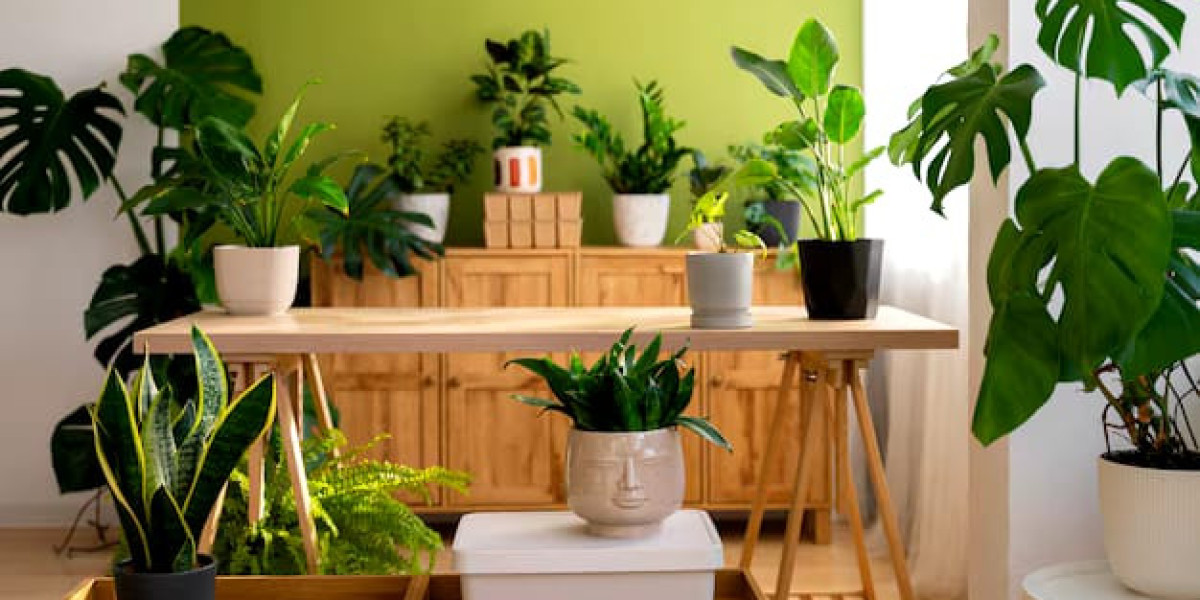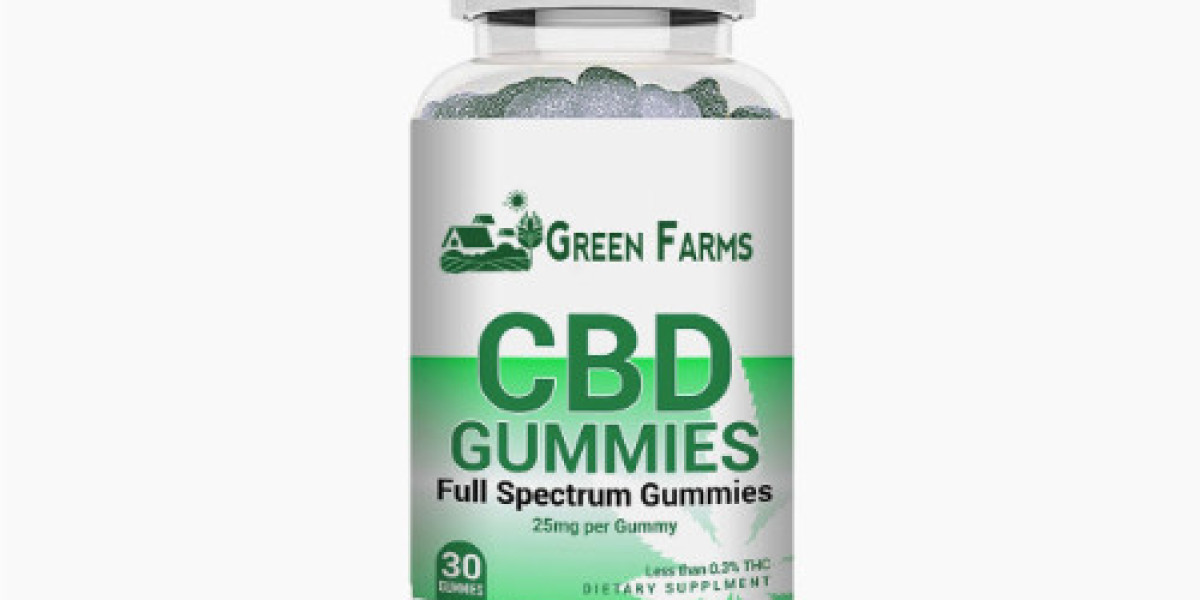In today's world, where pollution and poor air quality are becoming increasingly common, having clean air to breathe is more important than ever. While air purifiers can help, there's a natural and aesthetically pleasing alternative that can complement or even replace them—air purifying indoor plants. These plants not only enhance the beauty of your space but also play a vital role in filtering out harmful toxins and improving the air quality in your home.
Why Air Quality Matters
Indoor air pollution is often more dangerous than outdoor air pollution due to the confined spaces in which we live and work. Common household items like furniture, cleaning products, and paints release volatile organic compounds (VOCs) such as formaldehyde, benzene, and ammonia. These toxins can lead to respiratory issues, allergies, and other health problems.
This is where air purifying indoor plants come into play. NASA's Clean Air Study, conducted in the late 1980s, found that certain indoor plants can absorb harmful pollutants and improve air quality. These plants act as natural air filters, making your home healthier and more comfortable to live in.
The Science Behind Air Purifying Indoor Plants
By photosynthesis, plants naturally take in carbon dioxide and expel it.However, certain plants go a step further by removing toxins from the air. They do this through a process known as phytoremediation, where they absorb contaminants through their leaves and roots. Microorganisms in the soil also play a crucial role in breaking down these toxins.
Air purifying indoor plants can remove up to 87% of volatile organic compounds every 24 hours. Some of the most common pollutants that these plants can help eliminate include:
Formaldehyde: Found in household products like paper towels, tissues, and synthetic fabrics.
Benzene: Emitted from paints, furniture wax, and certain plastics.
Ammonia: Present in cleaning products, fertilizers, and some types of smoke.
Trichloroethylene: Found in dry cleaning solvents, adhesives, and paint removers.
Top Air Purifying Indoor Plants for Your Home
Let's explore some of the most effective air purifying indoor plants that you can easily incorporate into your living space.
1. Snake Plant (Sansevieria trifasciata)
The Snake Plant, also known as Mother-in-Law's Tongue, is one of the most popular air purifying indoor plants. It's incredibly resilient and can thrive in low light and irregular watering. The Snake Plant is particularly effective at removing formaldehyde, benzene, and xylene from the air. It's also one of the few plants that continue to release oxygen at night, making it ideal for bedrooms.
2. Spider Plant (Chlorophytum comosum)
The Spider Plant is another excellent choice for those looking for low-maintenance air purifying indoor plants. It is well renowned for its capacity to eliminate carbon monoxide, xylene, and formaldehyde.The Spider Plant is also pet-friendly, making it a safe option for homes with cats and dogs.
3. Peace Lily (Spathiphyllum)
The Peace Lily is not only a beautiful addition to any room but also one of the most effective air purifying indoor plants. It has been shown to remove all five of the most common VOCs—formaldehyde, benzene, trichloroethylene, xylene, and ammonia. Peace Lilies prefer shaded areas and moist soil, making them easy to care for.
4. Aloe Vera (Aloe barbadensis miller)
Aloe Vera is widely known for its medicinal properties, but it's also an excellent air purifying indoor plant. It aids in removing benzene and formaldehyde from the air.Additionally, Aloe Vera is a succulent, so it requires minimal watering, making it a low-maintenance option.
5. Boston Fern (Nephrolepis exaltata)
The Boston Fern is a natural humidifier and an effective air purifying indoor plant. It excels at removing formaldehyde and xylene from the air. This fern prefers indirect light and high humidity, making it ideal for bathrooms or kitchens.
6. Rubber Plant (Ficus elastica)
The Rubber Plant is a robust and hardy air purifying indoor plant that is great at removing formaldehyde from the air. Its large, glossy leaves add a touch of elegance to any room, and it thrives in bright, indirect light.
7. English Ivy (Hedera helix)
English Ivy is a versatile and fast-growing air purifying indoor plant. It is particularly effective at absorbing formaldehyde, benzene, and xylene. English Ivy can be grown in pots or as a hanging plant, making it a flexible option for any space.
8. Bamboo Palm (Chamaedorea seifrizii)
The Bamboo Palm is an attractive air purifying indoor plant that can grow up to 12 feet tall. It works well to eliminate benzene, trichloroethylene, and formaldehyde from the air.Bamboo Palms prefer bright, indirect light and regular watering.
How to Care for Air Purifying Indoor Plants
While air purifying indoor plants are generally low-maintenance, they still require some care to thrive. Here are some tips to help you keep your plants healthy and effective:
1. Light Requirements
Different plants have different light requirements. While some, like the Snake Plant, can tolerate low light, others, like the Rubber Plant, prefer bright, indirect light. Make sure to place your plants in locations that match their light needs.
2. Watering
One typical error that can cause root rot is overwatering.It's essential to understand the watering needs of each plant. Succulents like Aloe Vera require less water, while ferns like the Boston Fern prefer consistently moist soil.
3. Soil and Potting
Soil that drains effectively should be used to keep water from building up around the roots. Verify that the pots contain drainage holes so that any extra water can flow out.. Repot your plants every couple of years to give them fresh soil and more room to grow.
4. Humidity and Temperature
Some air purifying indoor plants, like the Boston Fern and Peace Lily, prefer higher humidity levels. Consider placing these plants in bathrooms or kitchens, or use a humidifier to maintain the right environment. Most indoor plants thrive in temperatures between 60°F to 75°F (16°C to 24°C).
5. Pruning and Cleaning
To get rid of dead or yellowing leaves, trim your plants on a regular basis.This not only keeps the plant looking healthy but also encourages new growth. Clean the leaves with a damp cloth to remove dust, which can block the plant's ability to absorb light and purify the air.
Benefits of Air Purifying Indoor Plants Beyond Clean Air
While the primary benefit of air purifying indoor plants is their ability to improve air quality, they offer several other advantages as well:
1. Stress Reduction
Research has indicated that the presence of plants might lessen stress and elevate mood.The presence of greenery has a calming effect, making your home a more relaxing place to live.
2. Enhanced Concentration and Productivity
Having plants in your home office or study area can boost concentration and productivity. The natural greenery helps reduce mental fatigue and increases attention span.
3. Better Sleep
Some air purifying indoor plants, like the Snake Plant, release oxygen at night, promoting better sleep. The calming presence of plants can also create a more peaceful sleeping environment.
4. Aesthetic Appeal
Incorporating air purifying indoor plants into your home decor can enhance the visual appeal of your space. Plants add color, texture, and life to any room, making it more inviting and cozy.
Creating a Plant-Friendly Environment
To maximize the benefits of air purifying indoor plants, it's essential to create a plant-friendly environment in your home. To help you get started, consider the following:
1. Grouping Plants Together
Grouping plants together can create a mini indoor jungle that enhances the air-purifying effect. When you cluster plants, they create a microenvironment that boosts humidity and supports healthy growth.
2. Rotating Plants
To guarantee that your plants receive an equal amount of light, rotate them on a regular basis.This will prevent them from leaning towards one direction and help them grow evenly.
3. Adding a Variety of Plants
Incorporate a variety of air purifying indoor plants to target different toxins and create a diverse and healthy indoor environment. Mixing plants with different shapes, sizes, and colors will also make your space more visually appealing.
4. Using Plant Stands and Shelves
Use plant stands, shelves, or hanging planters to display your plants at different heights. This adds depth and dimension to your decor while ensuring that each plant gets the right amount of light.
Common Myths About Air Purifying Indoor Plants
As popular as air purifying indoor plants have become, there are still some myths and misconceptions surrounding them. Let's dispel the following myths:
1. Myth: You Need a Lot of Plants to Notice a Difference
While it's true that the more plants you have, the greater the air-purifying effect, you don't need a jungle to see benefits. Even a few strategically placed plants can significantly improve indoor air quality.
2. Myth: All Plants Are Air Purifying
Not all plants have the same air-purifying capabilities. While all plants absorb carbon dioxide and release oxygen, only specific plants have been proven to remove harmful toxins from the air. Stick to the plants listed above for the best results.
3. Myth: Air Purifying Plants Work Instantly
Air purifying plants do improve air quality, but it's not an instant process. It takes time for the plants to absorb and break down toxins. Patience and proper care will yield the best results.
Final Thoughts on Air Purifying Indoor Plants
Air purifying indoor plants are a beautiful and natural way to improve the air quality in your home. By incorporating these plants into your living space, you can create a healthier environment for yourself and your loved ones. Not only do they help filter out harmful toxins, but they also add a touch of nature to your indoor decor, reduce stress, and even improve productivity.
At "PLANTS IN," we believe that everyone deserves a breath of fresh air, and there's no better way to achieve that than with the power of plants. Start with a few of the air purifying indoor plants mentioned in this guide, and watch as your home transforms into a green oasis of health and well-being.
This blog is crafted to engage readers while integrating the keyword "air purifying indoor plants" throughout. You can further customize this content with images, additional tips, or personal anecdotes to make it even more unique and appealing to your audience.







